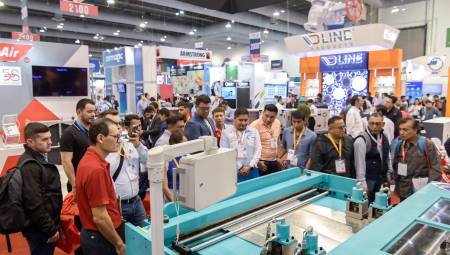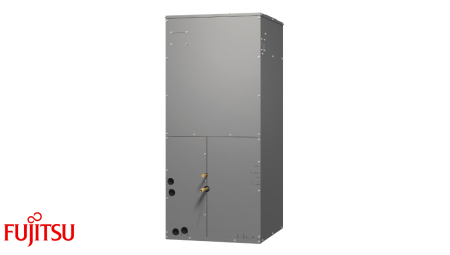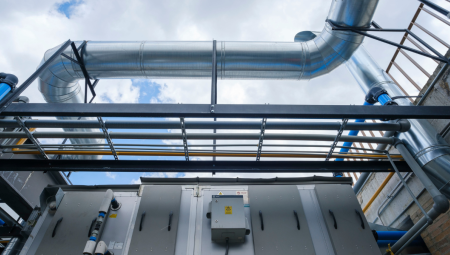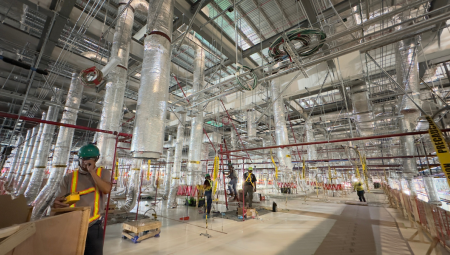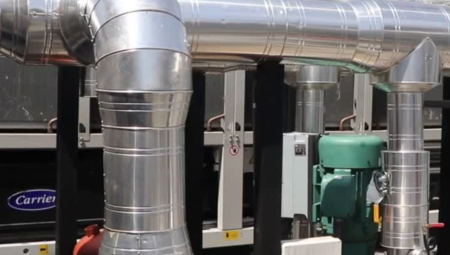COOLING CYCLE
Before focusing on the study of refrigeration systems, we must emphasize certain concepts that will later help us to better understand the refrigeration cycle present in all refrigeration systems.
The first thing would be to explain what is meant by refrigeration:
Refrigeration is defined as the process of reducing and maintaining the temperature of a space or matter below the temperature of the environment.
Refrigeration is a part of air conditioning, since when air conditioning, in addition to controlling the air temperature in the treatment process, humidity, cleaning and distribution are also controlled to respond to the demands of the air-conditioned space.
In order to reduce the temperature, it is necessary to extract the heat contained in the space or matter that we want to cool, and to extract the heat from a body it is necessary the presence of another colder body (lower temperature) that absorbs the heat that we want to eliminate.
Heat always flows from the warmer body to the colder body.
The body that is used to absorb the heat we want to remove is called a refrigerant.
A refrigerant is a heater that displaces heat from a space to be cooled, to the outside. It is the operating fluid in the cooling cycle.
Each time the refrigerant completes a cycle, undergoes two changes of state, evaporates and condenses, these two changes of state are necessary to be able to move the heat from the space that we want to cool to the outside.
Let's remember several concepts explained above:
Latent heat: it is the heat that produces a change of state without change of temperature.
We focus on evaporation and condensation, two changes of state present in the refrigeration cycle, the first needs a contribution of heat, and the second, being the reverse process to the first, needs to give the heat to another body to be carried out.
We know at the moment that the refrigerant at one point of the refrigeration cycle evaporates, and for this it needs a contribution of heat (at this point of the cycle the absorption of heat from the space by the refrigerant occurs to reduce the temperature of the space) and that at another point of the cycle it condenses, needing to give heat to another body (at this point the coolant gives the heat to the outside).
These changes of state cannot occur without forgetting a very important concept, heat always flows from the hottest body to the colder body, that is, from the body at a higher temperature to the body at a lower temperature. This means that for state changes in the refrigerant to occur it is very important at what temperature they occur, to know if heat absorption in evaporation and heat transfer in condensation can be carried out.
This leads us to recall the concept of saturation temperature: temperature at which a liquid is transformed into a vapor, or a vapor is transformed into a liquid, that is, the temperature at which evaporation and condensation of the refrigerant occurs, independent for each substance, and variable with the pressure to which the substance is subjected.
When the pressure increases, the saturation temperature increases.
Intuitively we can assess at what temperatures these state changes must occur for the cooling cycle to take place.
Our goal is to cool a space, for this we know that we must extract heat from the space, using a fluid called refrigerant; the refrigerant will absorb the heat from the space while evaporating (absorbing the latent heat from the refrigerant), so the heat must flow from the space we want to cool to the refrigerant. That is, we are interested in the refrigerant used evaporating at lower temperatures than at the temperature at which the space to be cooled is located.
It is interesting that the substances used as refrigerants have very low saturation temperatures, below zero so that the temperature we want to reach in the space to be cooled is always higher than the saturation temperature of the refrigerant, and the heat flow always goes from the space to the refrigerant.
The opposite occurs in the condensation of the refrigerant. As in condensation the refrigerant gives heat, to return to its liquid state, the refrigerant must find a body colder than itself in order to condense. But the saturation temperature is the same for evaporation as for condensation, and we have just said that substances with very low saturation temperatures are of interest to produce the evaporation of the refrigerant. So how are we going to re-condense the refrigerant, to evaporate it again and continue to extract heat from the space to be cooled? If, in addition, the heat I will give it to the outside that is supposed to be at a higher temperature than the space I am cooling.
The answer has been indicated above; increasing the pressure increases the saturation temperature. The solution is very easy, increasing the pressure to which the refrigerant is subjected to the point where the saturation temperature of the refrigerant is higher than the outside temperature, turning the refrigerant into the hot body at its dew point, and the outside that surrounds the space to be cooled in the cold body, absorbing the heat that the refrigerant needs to give up to condense and return to its liquid state to start the cooling cycle again.
Between condensation and evaporation in the refrigeration cycle, we must reduce the pressure to which the refrigerant is subjected, so that the saturation temperature drops and the evaporation of the refrigerant occurs again.
Refrigeration cycle processes
The refrigerant circulates through the system and goes through various changes in state and condition; each of these changes is called a process. The refrigerant begins in an initial state or condition, goes through a series of processes according to a defined sequence, and returns to its initial condition. This series of processes is called the cooling cycle. The simple cooling cycle consists of four fundamental processes:
• Expansion.
• Evaporation.
• Compression.
• Condensation.
Expansion
This process occurs in refrigerant flow control. The liquid refrigerant at high temperature and pressure flows from the receiver through the liquid tube to the refrigerant flow control, so that at the outlet, the liquid pressure has been reduced sufficiently so that the saturation temperature of the refrigerant entering the evaporator is lower than the temperature of the refrigerated environment.
A portion of the liquid evaporates in the refrigerant flow control to reduce the temperature of the liquid to the evaporation temperature.
Evaporation
In the evaporator, the liquid evaporates at a constant temperature and pressure, while the heat needed for the supply of latent evaporative heat passes from the walls of the evaporator into the evaporating liquid.
All refrigerant evaporates in the evaporator and heats up at the end of the evaporator. Although the steam temperature increases a little at the end of the evaporator due to overheating, the steam pressure does not vary.
Although steam absorbs heat from the air surrounding the suction line, which increases its temperature and slightly decreases its pressure due to friction loss in the suction line, these changes are not important for the explanation of a simple cooling cycle.
Compression
By the action of the compressor, the steam resulting from evaporation is carried down the suction line from the evaporator to the compressor suction inlet.
In the compressor, the temperature and steam pressure increase due to compression. High-temperature, high-pressure steam is discharged from the compressor into the discharge line.
Condensation
Steam flows down the discharge line into the condenser where it evacuates heat into the relatively cold air that the condenser fan circulates through the condenser. When the hot steam evacuates heat into the colder air, its temperature is reduced to the new saturation temperature that corresponds to the new pressure, and the steam condenses, thus returning to the liquid state. Before the refrigerant reaches the bottom of the condenser, all the steam is condensed and then subcooled.
The subcooled liquid then passes to the receiver and is ready to circulate again.







